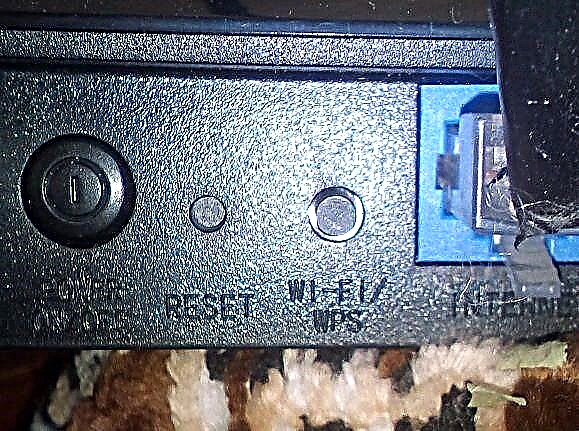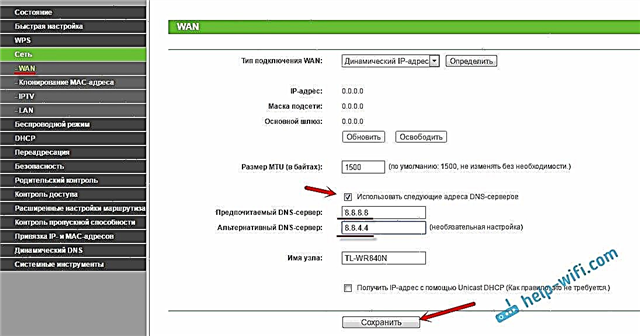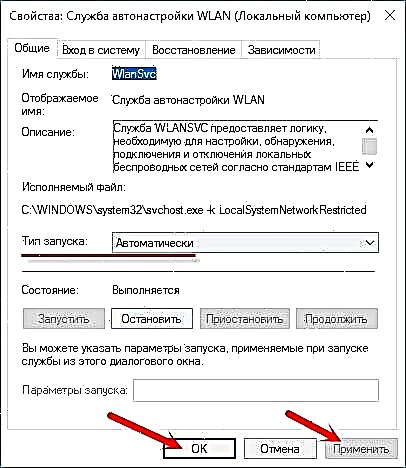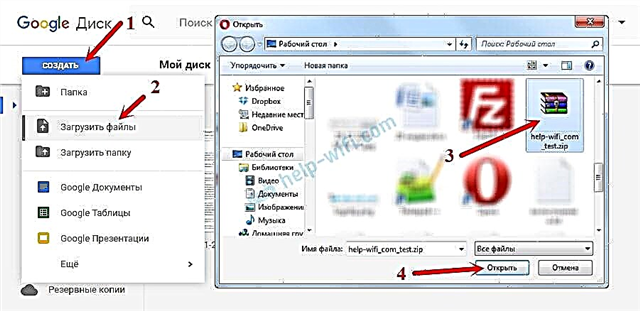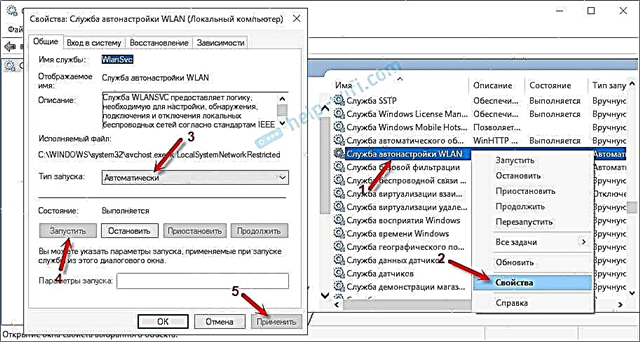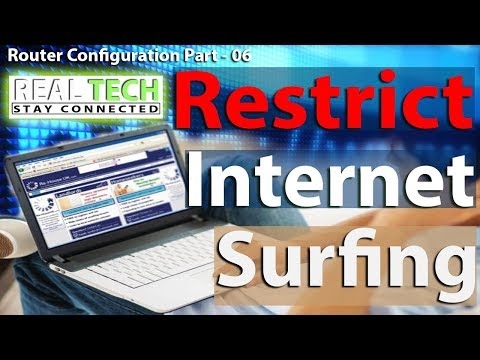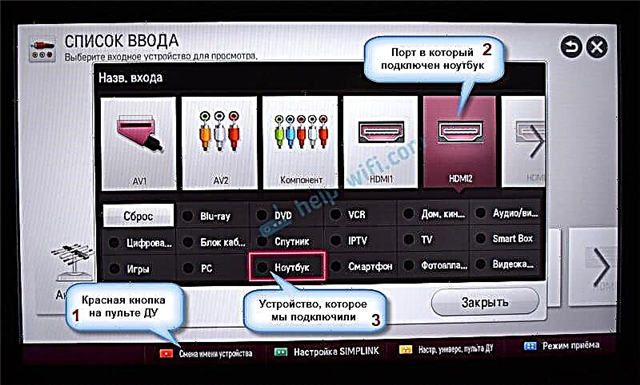I decided to prepare an article on connecting a laptop to a TV (although, it’s probably correct a TV to a laptop). Let's consider the connection via HDMI cable, using the example of an Asus laptop and an LG TV with Smart TV. This article is suitable for almost any laptop: HP, Acer, Asus, DEL, etc. So for all TVs: LG, Samsung, SONY, Toshiba and others. Yes, some points may differ: the location of the HDMI connectors, the appearance of the settings, buttons, etc. Following these instructions, you can display the image from your laptop on the TV. Forgot to write about the operating system. It doesn't matter if you have Windows 7 or Windows 10, everything will work out. Also, your TV may not have Smart TV functionality. There should only be an HDMI connector, which nowadays is on every, not very old TV.
If you want to display images from a laptop on TV for watching movies, playing games, working, etc., then HDMI is the best for this. Yes, there are wireless technologies such as Miracast, DLNA, Intel WiDi, Samsung has its own proprietary video transmitters, and others. But, they are not universal. Let me explain now. For example, on Intel WiDi, or Miracast, there will be a delay in the display of the picture. You definitely can't play games. And DLNA technology is designed exclusively for watching videos, photos and listening to music.
It turns out that the connection via HDMI cable is the most reliable and versatile. Although not the most convenient. You always want to get rid of the wires. In addition, both image and sound will be transmitted from the computer via HDMI.
Now I will show you how to connect everything, how to set the desired parameters on the TV and laptop. Also, consider the popular problems that very often appear when connecting devices in this way.
We need:
- TV with HDMI input.
- Laptop or stationary computer with HDMI output. If there is no HDMI, but there is DVI, then you can buy a DVI-HDMI adapter.
- HDMI cable.
We connect the laptop to the TV via HDMI cable
If you are interested, I will show it using the example of an Asus K56CM laptop, and a slightly outdated LG 32LN575U TV, which we connected to Wi-Fi in this article.
I have the most common cable:

So, we connect one end of the cable to the HDMI connector on the TV. They are signed. There may be several of them. No matter what you connect.

Plug the other end of the cable into the HDMI connector on your laptop.

Or, to the video card on the system unit. If you have a stationary computer.

Most likely, the image will not appear on the TV immediately. You need to select a signal source in the settings. On LG TVs, you need to press the button on the remote control INPUT.

And using the joystick on the remote control, select the desired HDMI to which we connected the cable. I have this HDMI2. He will be active. If your TV is not LG, then there should also be a button with which you can switch signal sources. If it doesn't work out, write in the comments, we'll figure it out.

That's it, you should be able to see the laptop image on your TV.
Update:
In the comments, Dmitry suggested that you definitely need to change the device name for the HDMI input selected on the TV. Since this changes some parameters that can affect the image quality. So I recommend doing this.
In the HDMI input selection menu (as in the photo above), press the red button on the remote control. In the menu on the TV, this is the item "Change device name". In the menu that appears, select the HDMI-input into which we connected the laptop and select "Laptop" below.


With the connection finished. You can already use and enjoy the picture on the big screen. And I will also show how you can configure the image output on a laptop, consider a possible problem with the output of pictures and sound. When the sound after connection will not come from the TV, but from the laptop speakers.
Setting up HDMI image output on a laptop
I have Windows 7, therefore, I will demonstrate using this OS as an example. If, for example, Windows 10 is installed on your laptop to which you connected the TV, and something does not work out for you, then write, I will add information on the "top ten".
So, what else I wanted to add: if you connected everything correctly, you chose the correct signal source on the TV (or you can't select it), but the image did not appear, then now we will try to fix everything.
Right-click on an empty area of the desktop, and select Screen resolution.

A window will open in which opposite the item Screen should be indicated Multiple monitors, or the name of your TV. You can choose from the list and click Ok... You can also change the resolution. But, the resolution is usually adjusted automatically. So it's better not to touch it unnecessarily.

How to turn off the laptop screen, expand, or display the image only on the TV?
Very simple. Press the keyboard shortcut Windows + P... A window will open in which you can select the way to output the picture to the TV.

If, for example, you want the image to be only on the TV, then select Projector only... Also, you can turn off the picture on TV, expand it, or duplicate it. There is one peculiarity here. If, for example, your TV has a resolution of 1920x1080, and on a laptop it is 1366x768, then in Duplicate mode, the picture on the TV will not be very beautiful, not clear. Therefore, select Projector only and Windows to adjust the resolution for your TV.
Why isn't the sound going to the TV?
We already know that audio is also transmitted via HDMI cable. And as a rule, the speakers on the TV are better than those on the laptop. But, it often happens that after connecting, the sound continues to come from the laptop, and not the TV. It can be fixed.
Right click on the sound icon in the notification bar and select Playback devices.

Your TV should be listed. You will understand this by the name. Right click on it and select Use as default... Click on Ok.

That's all, the sound should appear on the TV. If not, see the article why there is no sound through HDMI on the TV.
I think you have succeeded, and you are already watching a movie on the big screen, or playing games :) Share your experience!
If something did not work out: no image, sound, or something else appears, then write in the comments about your problem. I will try to help with advice.

